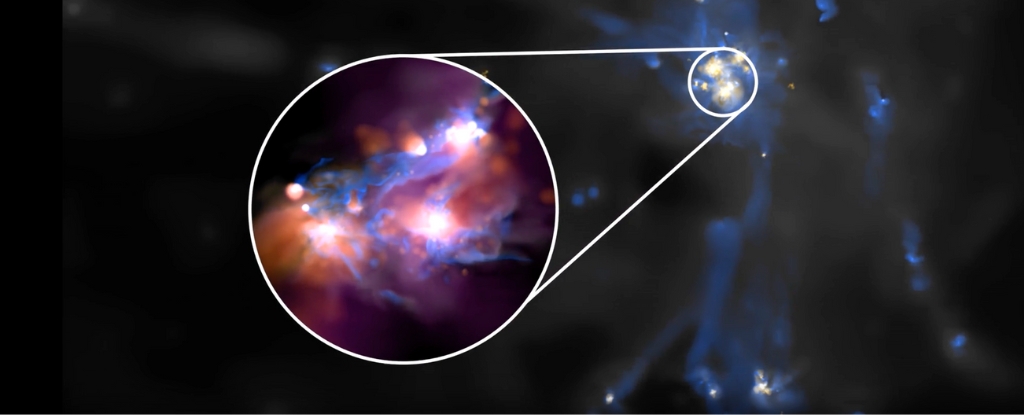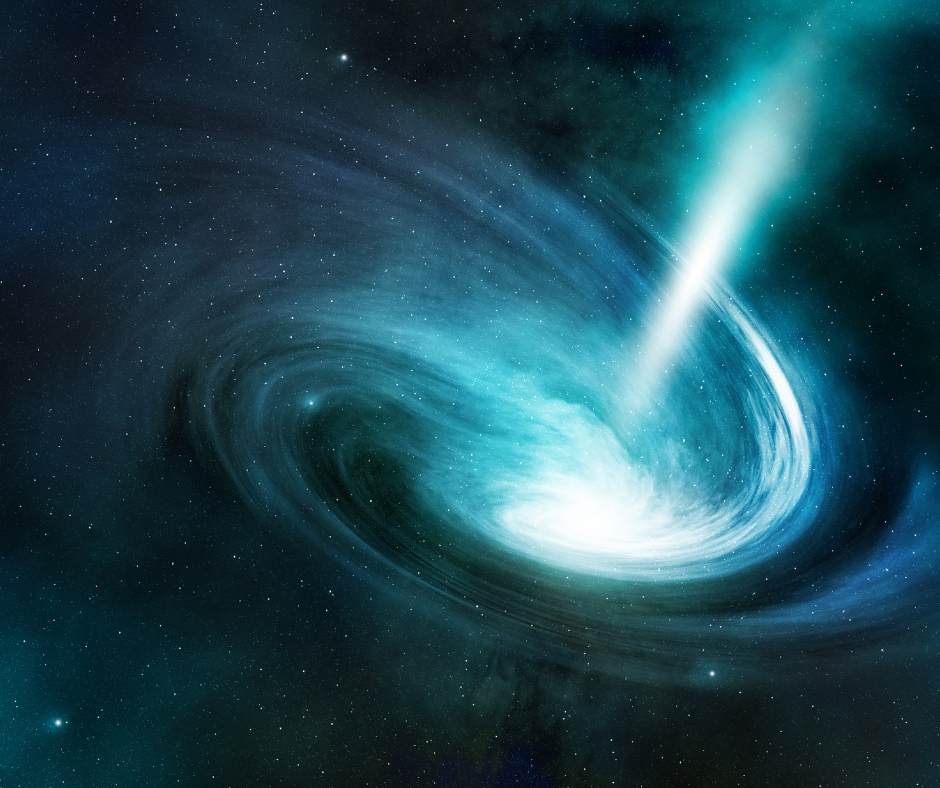There are no items in your cart
Add More
Add More
| Item Details | Price | ||
|---|---|---|---|

Sat Jan 20, 2024
Illuminating the Dark Ages: How JWST Unraveled the Early Universe's Mysterious Glow
The early universe, a realm shrouded in darkness and mystery, has long captivated astronomers and space enthusiasts alike. However, a recent breakthrough has brought light to this enigmatic epoch, revealing secrets of the cosmos that were hidden for billions of years.
The Enigma of Lyman-alpha Emissions
Amidst the dense, light-blocking hydrogen that filled the nascent universe, a peculiar type of light known as Lyman-alpha emissions pierced the darkness. These emissions, part of the ultraviolet spectrum, originate from hydrogen atoms transitioning to specific energy states. For years, the detection of these emissions prior to the Universe's 'lights turning on' during the Epoch of Reionization posed a significant conundrum: How did these emissions travel through the otherwise opaque early universe?

The James Webb Space Telescope: A New Cosmic Detective
Enter the James Webb Space Telescope (JWST), humanity's most advanced space observatory. Built with the capability to peer back into the Universe's early days, JWST has been pivotal in solving this cosmic puzzle. Its powerful instruments have observed galaxies emitting Lyman-alpha radiation and, crucially, identified that all these galaxies have close companions.

Galactic Mergers: The Missing Piece of the Puzzle
The JWST's findings have shown that the mysterious Lyman-alpha emissions are a result of galactic mergers and intense star formation. These cosmic collisions create bubbles and channels in the neutral hydrogen, allowing Lyman-alpha emissions to traverse the early universe's opaque expanses. This revelation, highlighting the role of galaxy mergers in early hydrogen emission, has significantly advanced our understanding of the physical processes during the universe's infancy.

Implications and Future Explorations
These insights not only solve a longstanding astronomical mystery but also open new avenues for exploring galaxy evolution. The research, published in Nature Astronomy, underscores the JWST's role in uncovering the universe's hidden chapters. With plans for follow-up observations, astronomers aim to develop a deeper understanding of how these emissions are ejected from evolving galactic systems.
The JWST's observations and subsequent discoveries mark a turning point in extragalactic studies. They illuminate the complexities of the early universe, providing a clearer picture of how the cosmic light that we see today made its grand entrance.
In conclusion, the JWST has not only solved the mystery of the early universe's Lyman-alpha emissions but also underscored the importance of galactic mergers in shaping the cosmos. As we continue to gaze into the depths of space, we eagerly anticipate further revelations from this groundbreaking space observatory.
The journey of uncovering the universe's secrets continues, with each new discovery bringing us closer to understanding the grand tapestry of cosmos. Stay tuned as we follow the JWST's journey through the stars, unraveling mysteries one cosmic clue at a time

SAMEER KUMAR
I graduated from IIT Kharagpur and have been teaching Physics and Maths to Engineering (IIT-JEE) and Medical (NEET) entrance examination aspirants for the last six year.